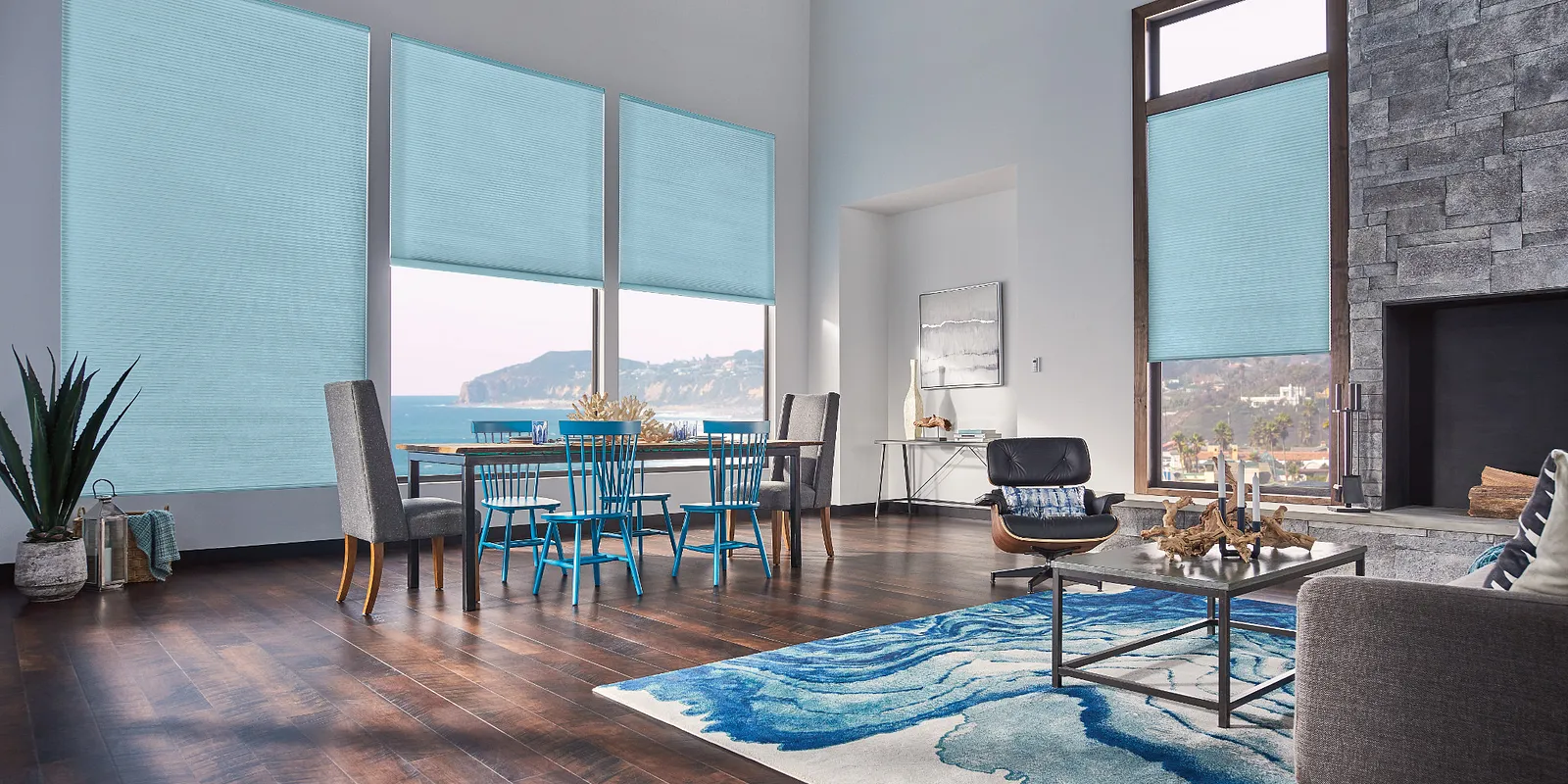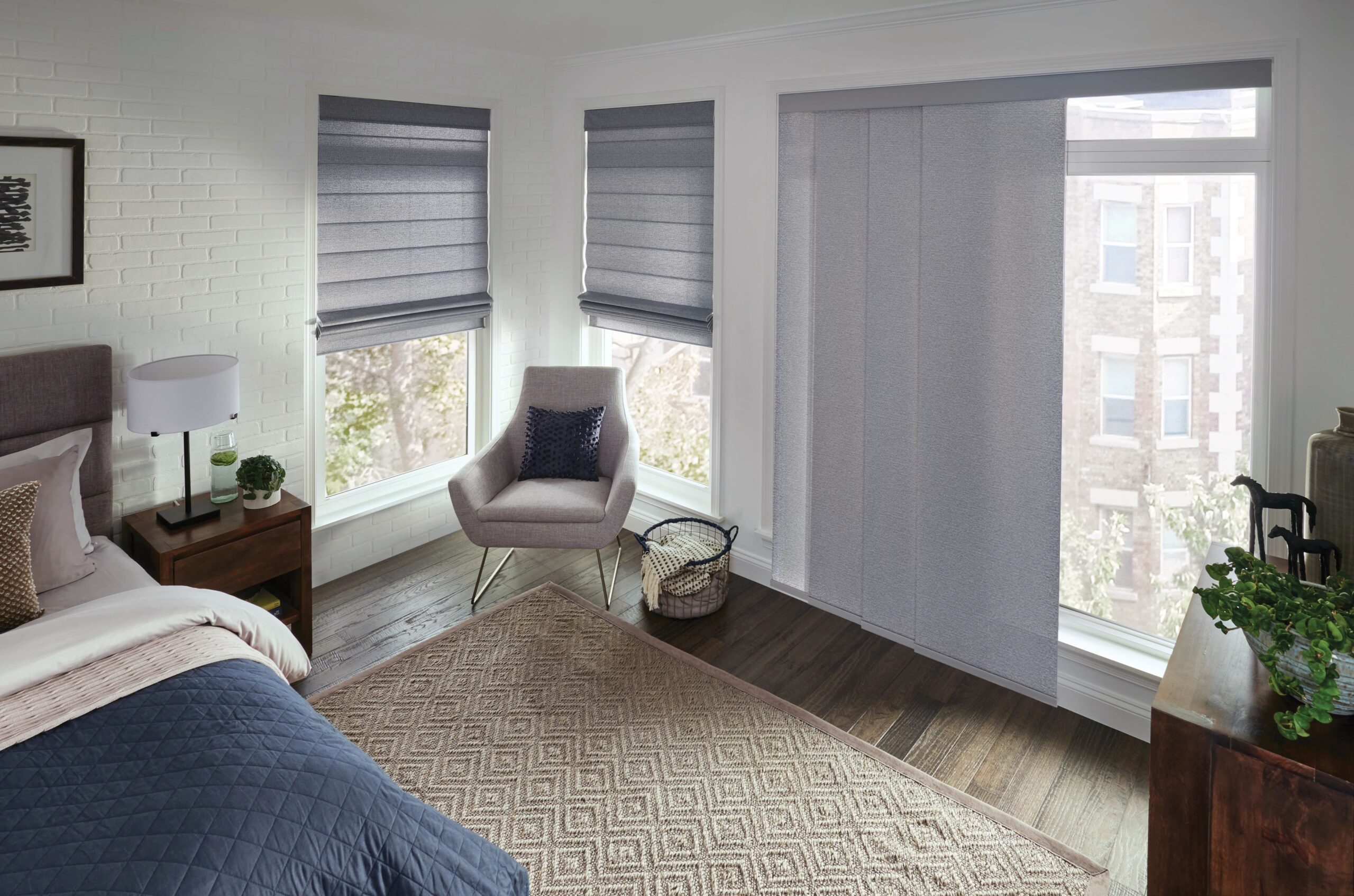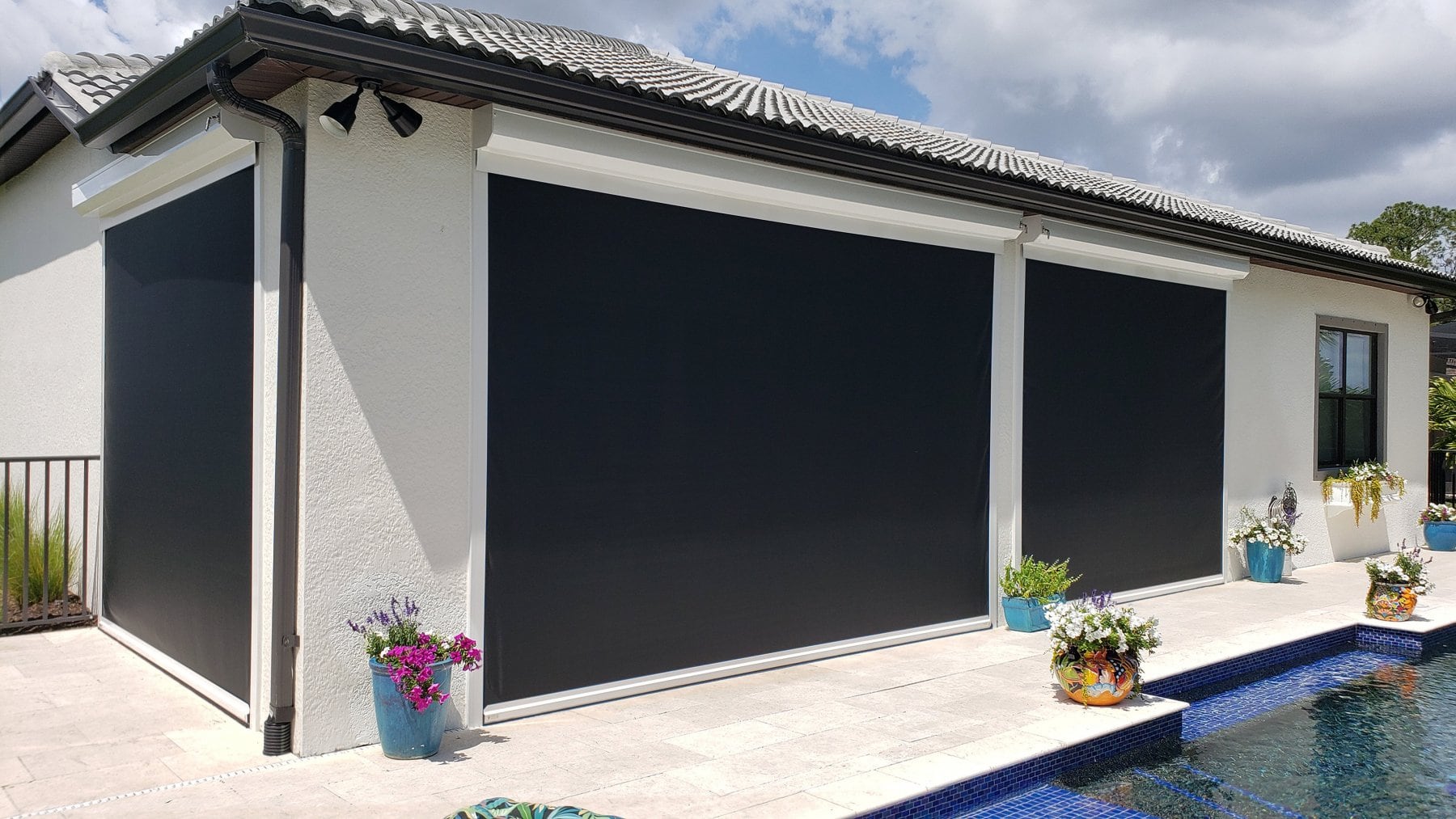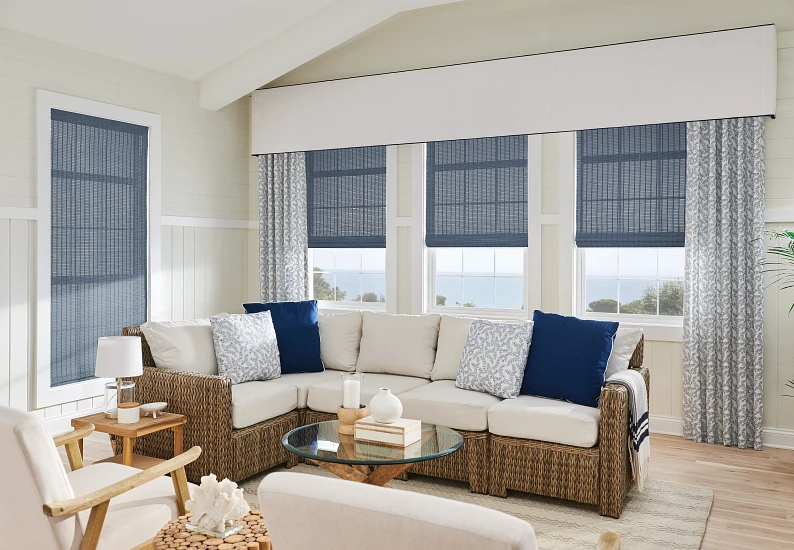In the search for sustainable living and responsible resource management, individuals and businesses are increasingly turning their attention to energy-efficient solutions. One often overlooked aspect of energy conservation is the role that indoor window treatments play in reducing overall energy consumption. Windows are a crucial element of any building, offering natural light, ventilation, and a connection to the outdoors. However, they can also be a source of energy loss.
Let’s explore how indoor window treatments can significantly contribute to energy efficiency, leading to reduced energy consumption and a more environmentally friendly living or working space.
Understanding Energy Loss through Windows
Windows can be a double-edged sword when it comes to energy efficiency. While they allow natural light to illuminate indoor spaces, they can also contribute to heat gain in the summer and heat loss in the winter. Inefficient windows can result in increased reliance on heating, ventilation, and air conditioning (HVAC) systems, ultimately leading to higher energy bills and greater environmental impact. This is where indoor window treatments come into play, acting as a key tool in mitigating these energy losses.
Insulation and Temperature Control
One of the primary ways indoor window treatments contribute to energy efficiency is by providing insulation and temperature control. During the winter, well-insulated window treatments, such as heavy curtains or cellular shades, create a barrier that helps to retain heat within the living or working space. Conversely, in the summer, reflective or light-colored window treatments can reflect sunlight and prevent excessive heat gain, reducing the need for air conditioning.
Draft Reduction
Even the most energy-efficient windows can have tiny gaps or drafts that allow warm or cool air to escape. Window treatments act as an additional layer of defense against drafts, minimizing the exchange of indoor and outdoor air. Draft reduction not only enhances the comfort level within a space but also lessens the workload on HVAC systems, leading to lower energy consumption.
Solar Heat Gain Management
Solar heat gain is the increase in temperature resulting from the sun’s radiation. While natural light is desirable, excessive solar heat gain can strain cooling systems. Window treatments like blinds, shades, and films enable effective management of solar heat gain by allowing occupants to control the amount of sunlight entering a room. By strategically adjusting these treatments, individuals can optimize natural light while minimizing the impact of solar heat gain, reducing the need for artificial lighting and cooling.
UV Radiation Protection
Indoor window treatments also play a crucial role in protecting interiors from harmful ultraviolet (UV) radiation. UV rays can cause fading and damage to furniture, flooring, and other interior elements. By investing in window treatments with UV-blocking capabilities, occupants not only preserve the aesthetic appeal of their living or working space but also reduce the need for frequent replacements and repairs, contributing to a more sustainable lifestyle.
Economic and Environmental Impacts
The adoption of energy-efficient window treatments can have substantial economic and environmental benefits:
Reduced Energy Bills
Lower energy consumption translates to reduced utility bills. Energy-efficient window treatments can pay for themselves over time through these savings.
Extended Lifespan of HVAC Systems
Reduced reliance on heating and cooling systems can extend their lifespan. Lower maintenance costs and a decreased need for replacements contribute to long-term savings.
Carbon Footprint Reduction
Lower energy consumption directly correlates with a reduced carbon footprint. Individuals and businesses can contribute to global efforts to combat climate change through sustainable practices.
Indoor window treatments are a versatile and often underestimated tool in the pursuit of energy efficiency. By effectively managing heat, light, and drafts, these treatments play a vital role in reducing energy consumption, lowering utility bills, and contributing to a more sustainable future. As individuals and businesses alike strive for greener living, understanding and implementing energy-efficient window treatments emerge as a simple yet impactful step towards creating environmentally conscious spaces. In the intersection of comfort, aesthetics, and responsible living, these treatments shine as a beacon of innovation, demonstrating that even the smallest changes can lead to significant positive impacts on both our wallets and the planet.
For residents in Southwest FL, “Shutters 239” emerges as a beacon of excellence in the realm of interior window shades. Specializing in providing top-notch solutions for both residential and commercial spaces, Shutters 239 understands the unique needs of the local climate and the importance of maintaining a comfortable, energy-efficient environment.
By choosing Shutters 239’s offerings, residents looking for interior window shades in Marco Island and Naples, FL, can not only enjoy the economic benefits of reduced energy bills but also contribute to a greener, more environmentally conscious community. The implementation of these high-quality window treatments goes beyond mere functionality – it reflects a commitment to responsible living and a conscious effort to reduce the carbon footprint.
In essence, Shutters239 doesn’t merely offer window treatments; it provides a pathway to a more energy-efficient, comfortable, and environmentally friendly lifestyle. As we navigate the challenges of the modern world, let us be mindful of the impact our choices have on the planet. With Shutters239, the journey towards a sustainable future begins right at home, where every window becomes a portal to both elegance and responsible living.







